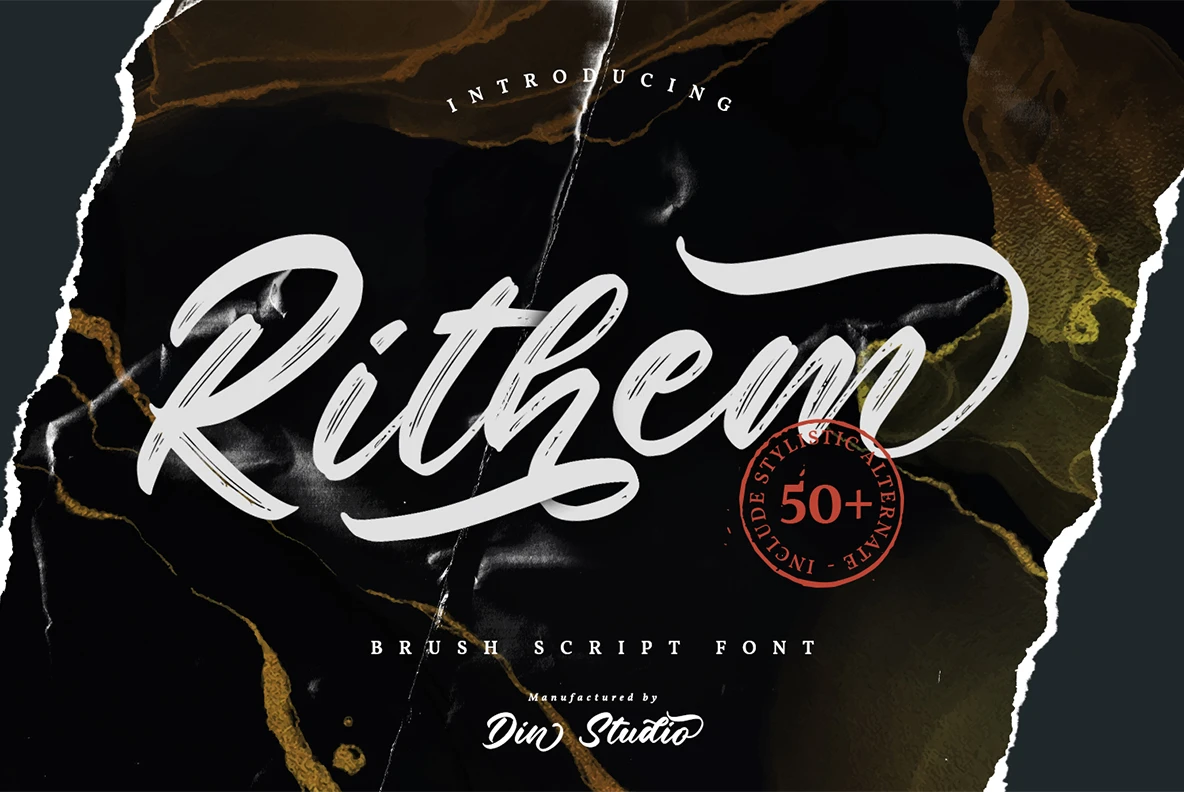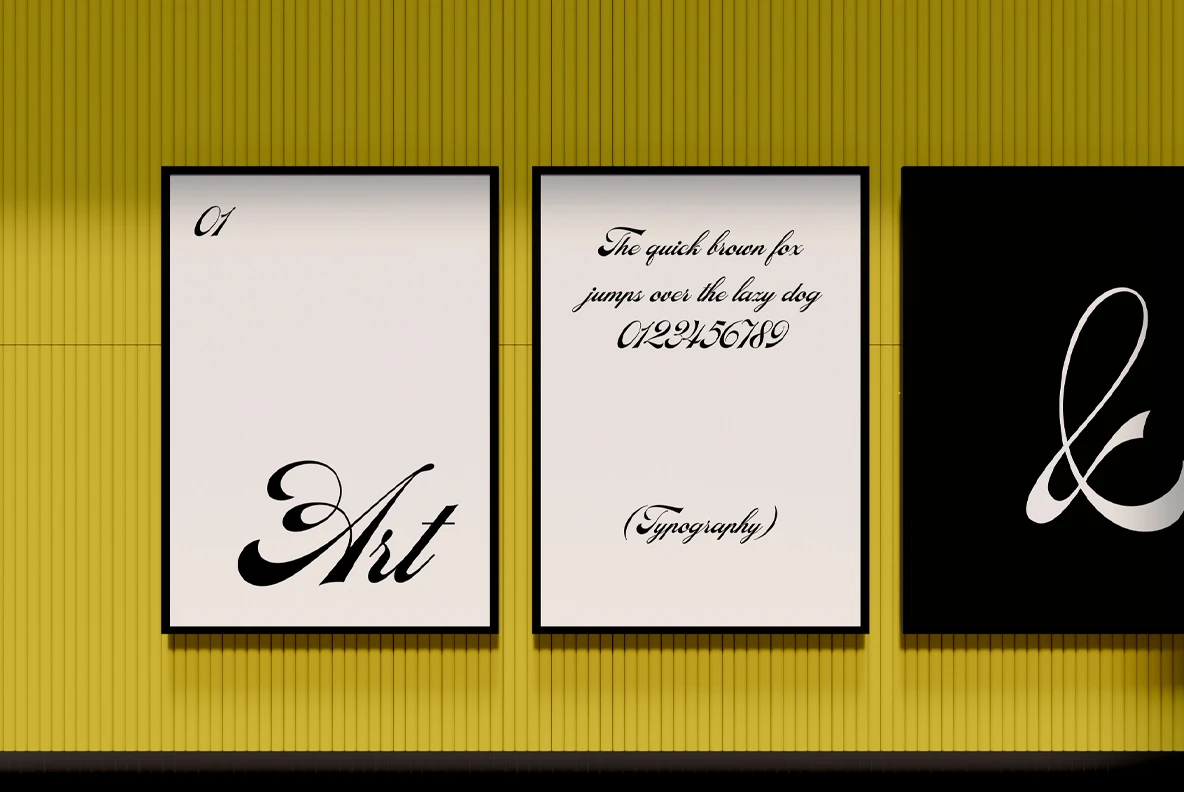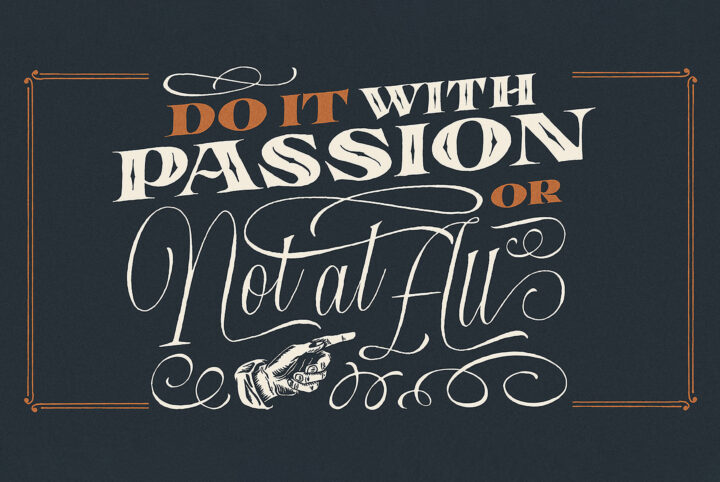The Origins of Calligraphy
Calligraphy, from the Greek words “kallos” meaning beauty, and “graphos” meaning writing, is the art of beautiful handwriting. It’s a craft that has been cherished and developed over centuries, across a multitude of cultures and geographies. From the meticulous scripts of ancient scribes to the elegant manuscripts of the Middle Ages, calligraphy has long been a significant form of artistic expression.
The first known examples of calligraphy date back to 600 BC, found in the stone inscriptions and parchment scrolls of the Chinese. The art form quickly spread across Asia, eventually reaching the Middle East and Europe. Each culture brought its unique style and aesthetic to calligraphy, leading to a rich tapestry of calligraphic art.
The Transition to Print
The invention of the printing press in the 15th century marked a significant turning point for calligraphy. Suddenly, the painstaking process of hand-copying texts was replaced by the efficiency of mass production. However, the beauty and artistry of calligraphy were not lost. Early typefaces were modelled after the popular scripts of the time, preserving the aesthetic qualities of calligraphy in printed form.
The first typefaces were blackletter, also known as Gothic script, which was modelled after the manuscript lettering of the Middle Ages. These typefaces were characterized by their dense texture and intricate letterforms, which, while beautiful, were not always easy to read.
The Emergence of Calligraphic Typefaces
As printing technology evolved, so did the style of typefaces. The desire for more legible and aesthetically pleasing letterforms led to the development of calligraphic typefaces. These typefaces sought to mimic the fluidity and expressiveness of hand-drawn calligraphy, with varying stroke widths and flowing, organic shapes.
One of the earliest and most influential calligraphic typefaces was the Italic type, introduced by the Venetian printer Aldus Manutius in the late 15th century. Italic type was modelled after the handwriting of Italian scholars, featuring slanted letters with flowing, cursive forms. It was designed as a compact and efficient typeface for small, portable books, but its beauty and legibility made it popular for a wide range of printed materials.
In the centuries that followed, calligraphic typefaces continued to evolve, with type designers drawing inspiration from contemporary handwriting styles. The 18th century saw the rise of the English Roundhand script, also known as Copperplate due to its creation with a copper-engraved printing process. This script, characterized by its wide, sweeping loops and fine hairlines, inspired a host of new calligraphic typefaces.
Calligraphic Typefaces in the Digital Age
The advent of digital technology brought a new dimension to calligraphic typefaces. Designers now had the tools to create more complex and versatile typefaces, with a level of detail and precision that was previously unattainable. This led to a resurgence of interest in calligraphic typefaces, with designers exploring new ways to reinterpret traditional calligraphy in a digital context.
Today, calligraphic typefaces are a popular choice for branding, advertising, and design. They offer a touch of elegance and personalization, evoking the craftsmanship of hand-drawn lettering. Whether used for a logo (see our 5 Unforgettable Fonts for Logo Design article), a wedding invitation, or a book cover, calligraphic typefaces add a level of sophistication and artistry that sets them apart.
The Craftsmanship of Calligraphic Typefaces
Creating a calligraphic typeface is a meticulous process that requires a deep understanding of both calligraphy and type design. It starts with the study of historical scripts, analyzing their forms, structures, and rhythms. The designer then begins to sketch letterforms, experimenting with different styles and compositions.
Once the basic letterforms are established, the designer moves on to the digital environment, where each character is carefully crafted and refined. This involves adjusting the weight, proportion, and spacing of the letters, ensuring that they work harmoniously together. The designer also creates a range of alternative characters and ligatures, adding to the typeface’s versatility and expressiveness.
The result is a typeface that combines the beauty of calligraphy with the functionality of type. It’s a testament to the enduring appeal of calligraphy, and its continued relevance in the digital age.
Exploring Calligraphic Typefaces from YouWorkForThem
Now that we’ve delved into the history and craftsmanship of calligraphic typefaces, let’s explore some of the unique calligraphic fonts available from YouWorkForThem. Each of these typefaces embodies the beauty and expressiveness of calligraphy, while offering the versatility and functionality needed for modern design.
1. Louis Lemon: A Fresh Take on Calligraphy
This handwriting font, designed by Letterhend Studio, brings a personal touch to your designs. Its organic flow and natural curves mimic the beauty of human handwriting, making it an excellent choice for invitations, greeting cards, and any design that requires a personal touch.
2. Endeline Script: Elegance in Every Stroke
Published by damarletterstudio, Endeline Script is a testament to the elegance of calligraphy. Its flowing lines and well-balanced forms make it a perfect choice for logos, wedding invitations, and other designs that require a touch of sophistication.
3. NCL Bujho Orgnist: A Touch of the Exotic
This brush script font is all about fun, uniqueness, and style. Its versatility makes it perfect for headlines, billboards, magazines, websites, posters, branding, t-shirt designs, and logos. With Ncl Bujho Orgnist, your designs will always stand out.
4. Gilson Script: Vintage Charm
Gilson Script, with its charming handwriting style, is a font that is both fun and functional. Its delicate, feminine feel makes it ideal for fashion brands, invitations, movie titles, and headlines. This font is sure to add a touch of personality to your design projects.
5. Rithem: A Contemporary Classic
Published by Din Studio, Rithem is a script font that brings rhythm and flow to your designs. Its fluid lines and organic shapes make it a perfect choice for designs that require a touch of elegance and sophistication.
6. Ed Frogmore: A Blend of Classic and Vintage Charm
Welcome to the world of Frogmore, where the grace of the classic meets the charm of the vintage. This script font echoes timeless elegance, comfortable in both retro and modern designs. Frogmore is not just visually appealing; it’s astoundingly versatile. With over 130 stylistic sets and ligatures, it opens up a world of design possibilities. Its multilingual support further widens its reach, making it a true cosmopolitan in the realm of fonts. From logotypes and printed quotes to invitations, cards, product packaging, apparel design, and eye-catching headers for websites and magazines, Frogmore adds a touch of sophistication. It’s a compelling choice for book titles and headers, bringing classic elegance to every page it graces.
The Role of Calligraphic Typefaces in Branding and Design
Calligraphic typefaces play a crucial role in branding and design. They can convey a range of emotions and associations, from elegance and sophistication to creativity and innovation. This makes them a powerful tool for creating a distinctive brand identity.
In addition, calligraphic typefaces can add a touch of personality and individuality to a design. They can help a brand stand out from the crowd and create a strong visual impact. This is particularly important in today’s crowded marketplace, where brands are constantly vying for attention.
The Future of Calligraphic Typefaces
The future of calligraphic typefaces looks bright. With the ongoing advancements in digital technology, designers will continue to explore new possibilities and push the boundaries of the art form. We can expect to see more innovative and exciting calligraphic typefaces in the years to come.
At the same time, the timeless appeal of calligraphy ensures that traditional calligraphic typefaces will continue to be in demand. They offer a touch of elegance and sophistication that never goes out of style.
The Art and Craft of Calligraphic Fonts at YouWorkForThem
Calligraphic typefaces represent a perfect blend of art and craft. They combine the elegance and expressiveness of traditional calligraphy with the precision and control of digital design. Whether you’re a designer looking for the perfect typeface for your next project, or a typography enthusiast interested in the art of calligraphy, there’s a world of calligraphic typefaces waiting to be explored.
At YouWorkForThem, we’re proud to offer a wide range of calligraphic typefaces, from traditional classics to innovative contemporary designs. Our collection includes over 170,000 fonts, ensuring that you’ll always find the perfect typeface for your needs. Plus, with our easy and affordable licensing options for both personal and corporate use, you can start using your chosen typeface right away. So why wait? Start exploring our collection today and discover the art and craft of calligraphic typefaces.















































